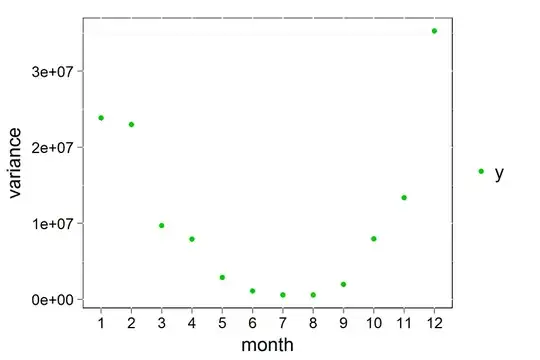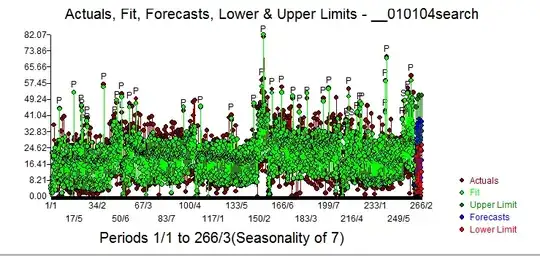I have a problem that requires inherently extrapolation. I am aware that this a crucial matter with most (if not all) machine learning models.
Yet, given the physical phenomenon underlying the experiment, there is some expert knowledge that could be used to validate the extrapolation for this case. Example: With linear regression, one could combine the model with previous knowledge to say it is safe to use the parameters of the model for extrapolation in that particular case.
My case: After training a Random Forest model on a large data set, I applied the model to the new data set, and 20% of the data points are outside the calibration zone. I decided to compare the behaviour of the Random Forest model in both datasets using partial dependence plots, as RF is non-parametric. It shows clearly the threshold-based behaviour of decision trees, where any value outside of the calibration zone is grouped together with the extremes of the calibration zone.
Yet, the plots do suggest a general trend that could be "safely" extrapolated by a multiple linear regression model, as long as we hold the parameters of the model as plausible/realistic enough.
My initial idea then is to use some sort of stacking to combine RF with some linear or polynomial model and see if this could be achieved. I wonder if there are any fundamental flaws in this rationale or if this could actually be achieved?
A second point is: Are there alternatives to this issue, maybe neural networks or different models that could extrapolate to a certain point, so then I could validate the behaviour and decide if it is realistic or not?

